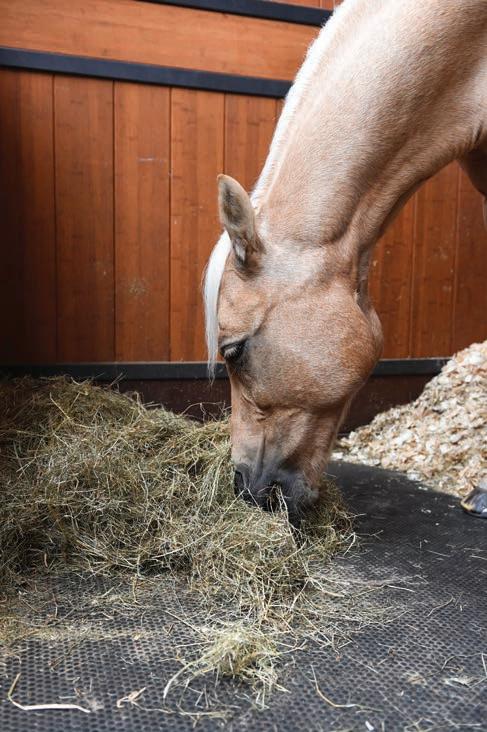
















Fillers come in all shapes, sizes and patterns, which can cause some ponies to spook, but with our helpful step-by-step you’ll be flying over fillers in no time!
Taking things slowly is key to building your pony’s confidence – no matter what fear you’re helping him overcome. Only move on when you’re sure he’s ready to take the next step.
If your pony gets worried or stressed, go back a step to regain his confidence. You won’t help his progress by pushing him out of his comfort zone when he’s not ready.
Before bringing fillers into the equation, your pony needs to be confidently jumping over plain fences. So, while you warm up, jump a couple of different fences. Start with a cross-pole and build to an upright to give your pony a confidence-boosting start.

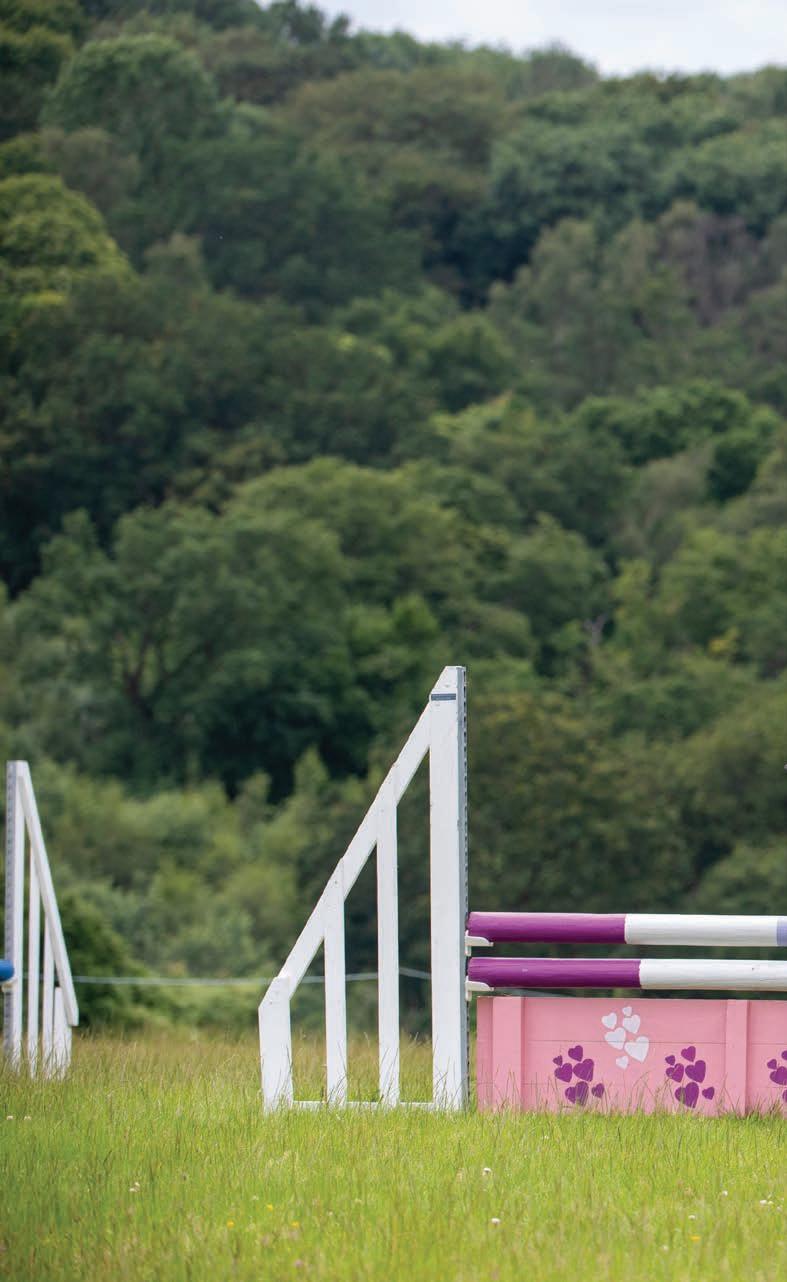
Remove the poles from your chosen fence and place two fillers at the sides, in front of the wings, allowing plenty of space in between them. Walk, trot and then progress to cantering between the fillers. You can reduce the gap a little each time until they’re 1.5–2m apart.
did you know?did you know?
Ponies see colours differently to humans. They aren’t colour blind, but have dichromatic vision which means they see colours in two wavelengths, rather than three – like we do.
Move the fillers out again towards the wings and set up a small cross-pole. Jump it a few times, approaching from each rein.
Bring your fillers towards the middle slightly and jump the cross a couple of times until your pony is feeling happy. Then, make the jump into an upright and slowly bring the fillers together until they are 1.5–2m apart.
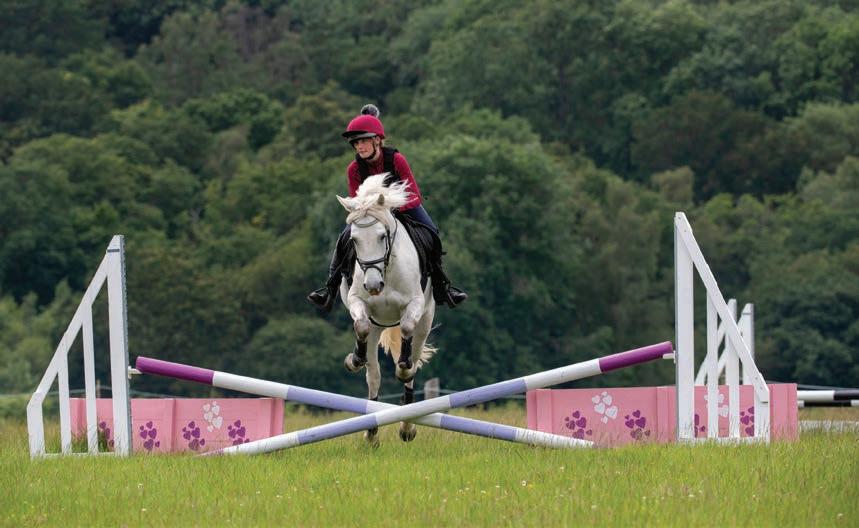

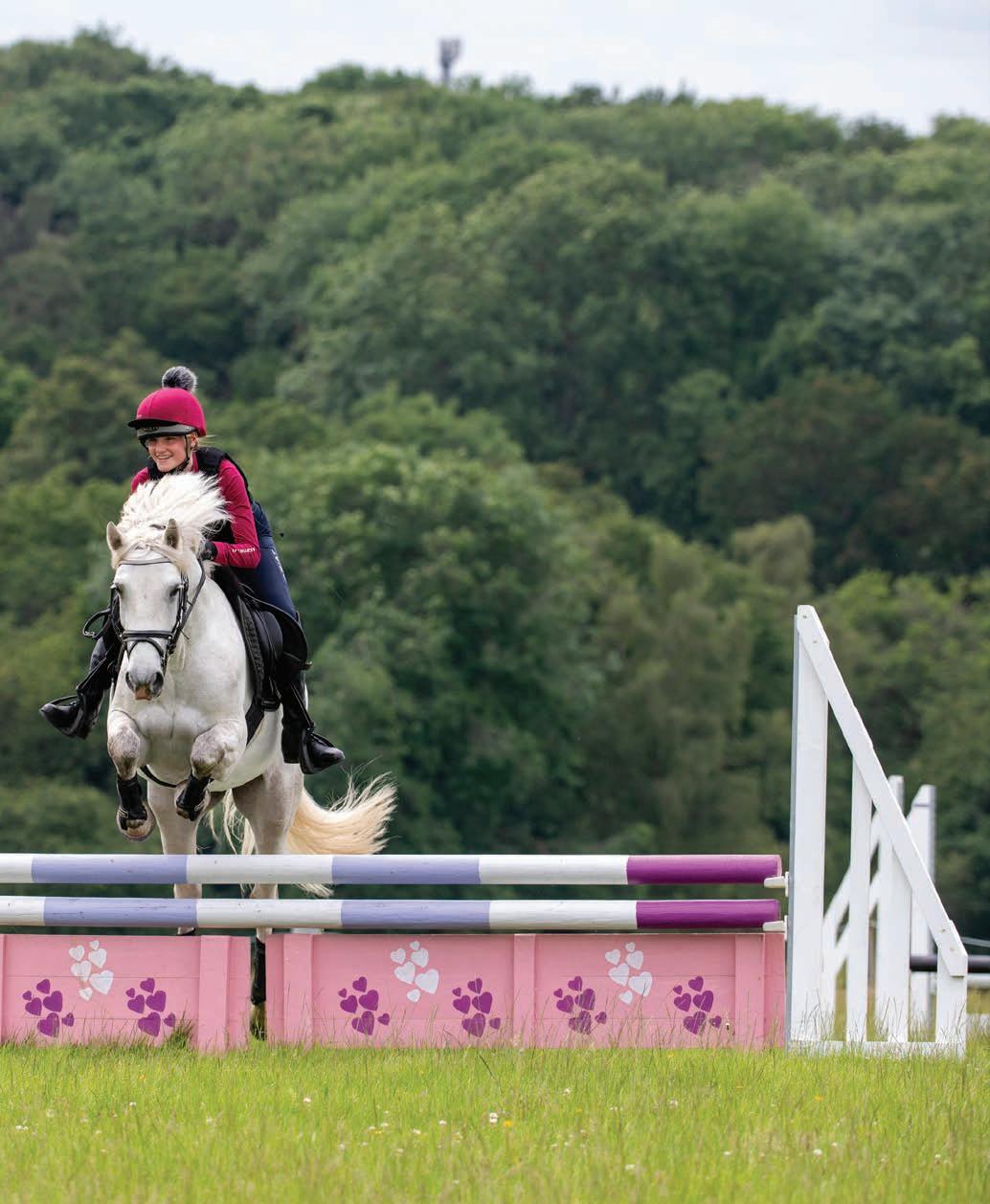
The final stage involves jumping over the fillers! As the height of the fence reaches the same height as the fillers, you can start to move them so they sit underneath the top pole.
ShowIng secrets: Part two
Whether competing your pony in ridden or in-hand showing, knowing what happens during the class and what you need to do is important if you want to achieve top results. So, here’s how you can shine when in the limelight.


OUR EXPERT
judgement time
did you know? you know?
Showing classes are usually held in grass arenas, especially in summer, so make sure you get plenty of practise riding on grass.
Every showing class starts in a group. This is so the judge can compare everyone. After entering the arena in walk on the right rein, you’ll usually walk two laps, then trot and canter as a group, still on the right rein. Once you’ve come back to walk on the judge’s command, the steward will signal to change the rein as a group and then you will trot and canter on the left rein. When the signal is given to slow down again, everyone will come back to walk and stand in a line in the middle of the arena ready for individual shows.
Everyone takes it turns to ride their individual shows. Here’s what you’ll need to do…
1. Start in halt in front of the judge.
2. Walk away from the judge for no less than 10 paces – make sure you stay in a super-straight line!
3. Pick up trot and head towards the outside of the arena. Ride a figure-of-eight so the judge can see you trot on both reins.
4. Ask your pony for canter and ride one lap on each rein.
5. When you reach the long side on one rein (whichever you prefer!), ask your pony to lengthen for a few strides to a gallop – the judge will be looking for a clear difference in his paces.

6. Make a downward transition back to trot and then walk.
7. Bring your pony towards the judge and halt him about 3–4m away, making sure your body is in line with the judge.
8. Salute to signal that you’ve finished your show, then re-join the line. Once everyone has finished their individual show, you will be directed to walk around the arena on the right rein while the placings are decided. Make sure your pony is still marching forwards at this point – it’s your last chance to impress! Then the rosettes will be given out and everyone who’s placed gets to enjoy a lap of honour!
When standing up your pony for the judge to look at his conformation, make sure all four legs can be seen. It’s a good idea to practise this lots at home to perfect it before the day!
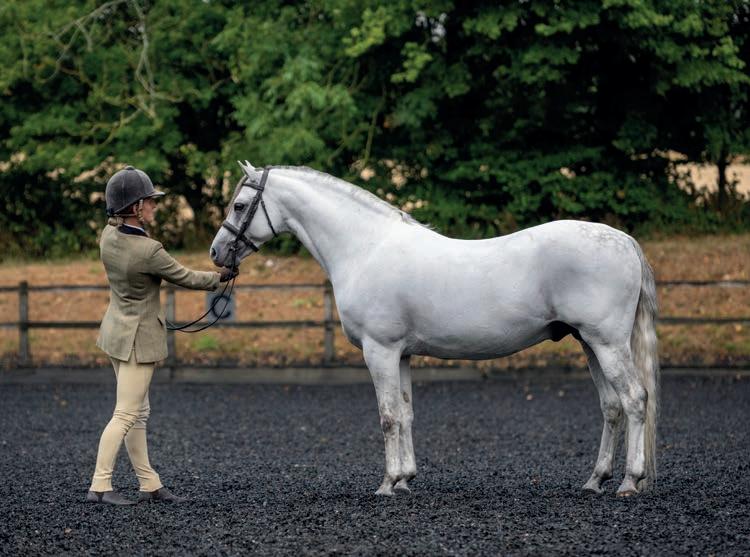
It’s common showing practice to ride with your rein loop on your pony’s near side and your whip in your right hand. When you change the rein, keep your whip in the same hand.
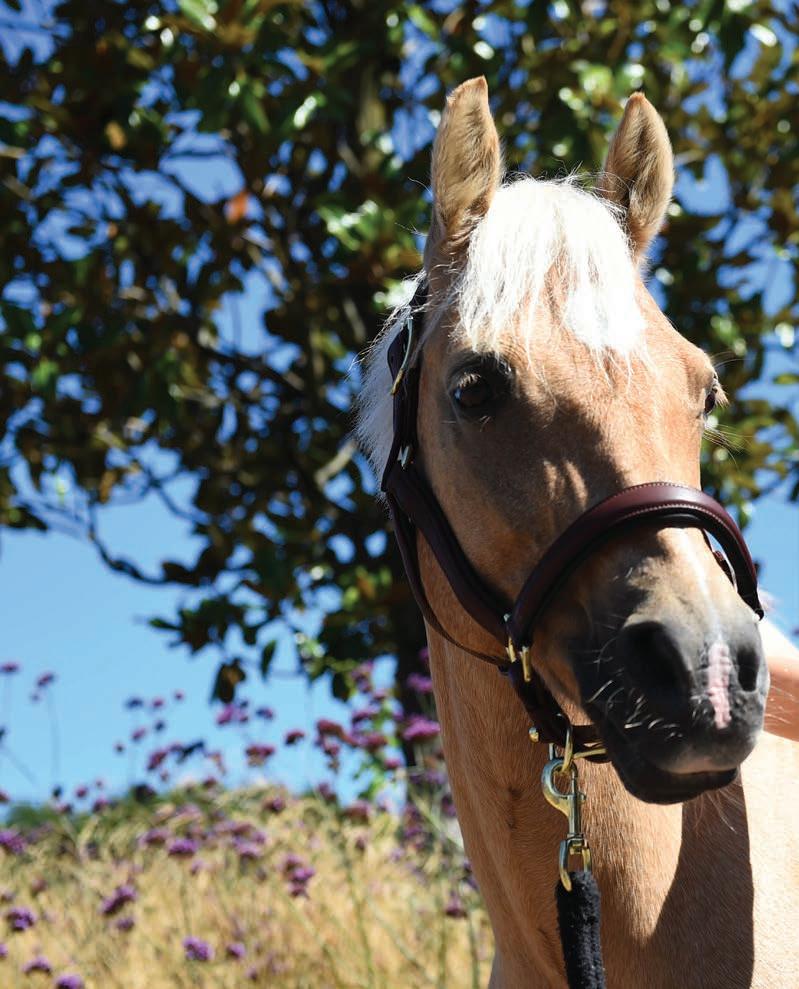
did you know? know?
Studies have proved that performance horses have a higher chance of being affected by gastric ulcers, but did you know that any pony can suffer from the condition? This is why it’s important to understand what ulcers are and how to look after a pony suffering from them.
The only way to diagnose gastric ulcers is by gastroscopy – for this, a pony is sedated and has a camera passed down his throat into his stomach. If a pony is diagnosed with ulcers, he will usually be treated with medication and the vet will advise feeding and management changes.
What are gastric ulcers?
Equine gastric ulcer syndrome (EGUS) is a disease that affects the lining of a pony’s stomach. The ulcers are often painful and can vary in shape, size and severity. What causes them?
Ponies need acid to break down the food they eat, but if their stomachs aren’t lined with protective mucous, ulcers can form. Long periods without food, stress, certain medications and diets low in forage are all factors that can contribute to the development of stomach ulcers.
When Popcorn started to become sensitive around his girth area and grumpy when he was tacked up, we called our vet who then diagnosed him with ulcers after he was scoped. Now, we always make sure he has some hay or a small, chaff-based meal before exercise to help prevent his ulcers coming back.
As well as sensitivity around a pony’s tummy, he might show some other signs that could indicate he has ulcers, such as…
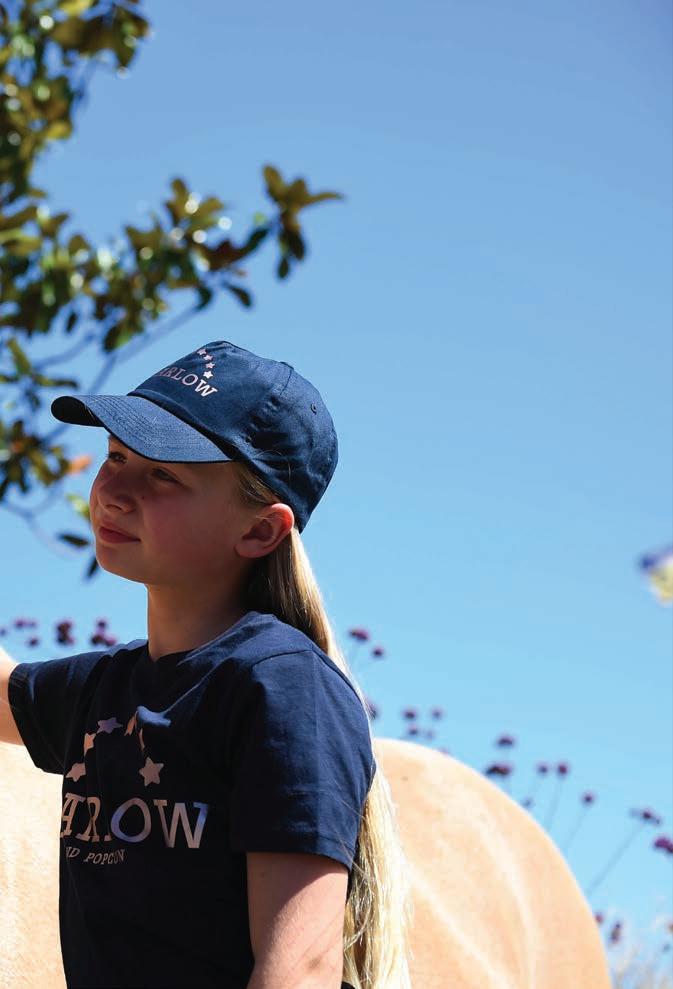
• poor appetite
• tail swishing or stamping
• weight loss
• dull coat
• colic
• poor performance, including resisting your aids
Alongside feeding your pony a little fibre-based meal before exercise, there are lots of other things you can do to help prevent and manage ulcers, such as...
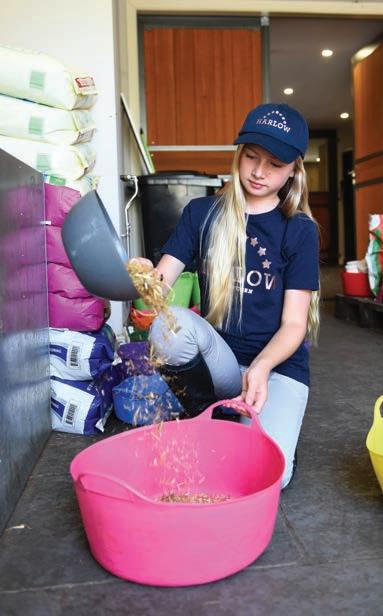
• turn him out as much as possible so he has constant access to some grass
Top tip
Just because your pony doesn’t respond to your aids all the time, it doesn’t necessarily mean he has ulcers. But if you’re concerned, always speak to your vet.
• provide ad-lib forage whenever you can
• make sure he has clean water available all the time
• feed smaller meals and spread them throughout the day
• swap to types of feeds that are high in fibre
If your pony is a good-doer or needs to lose weight, use trickle nets to lengthen his eating time or split his hay ration into more portions to be fed throughout the day.
